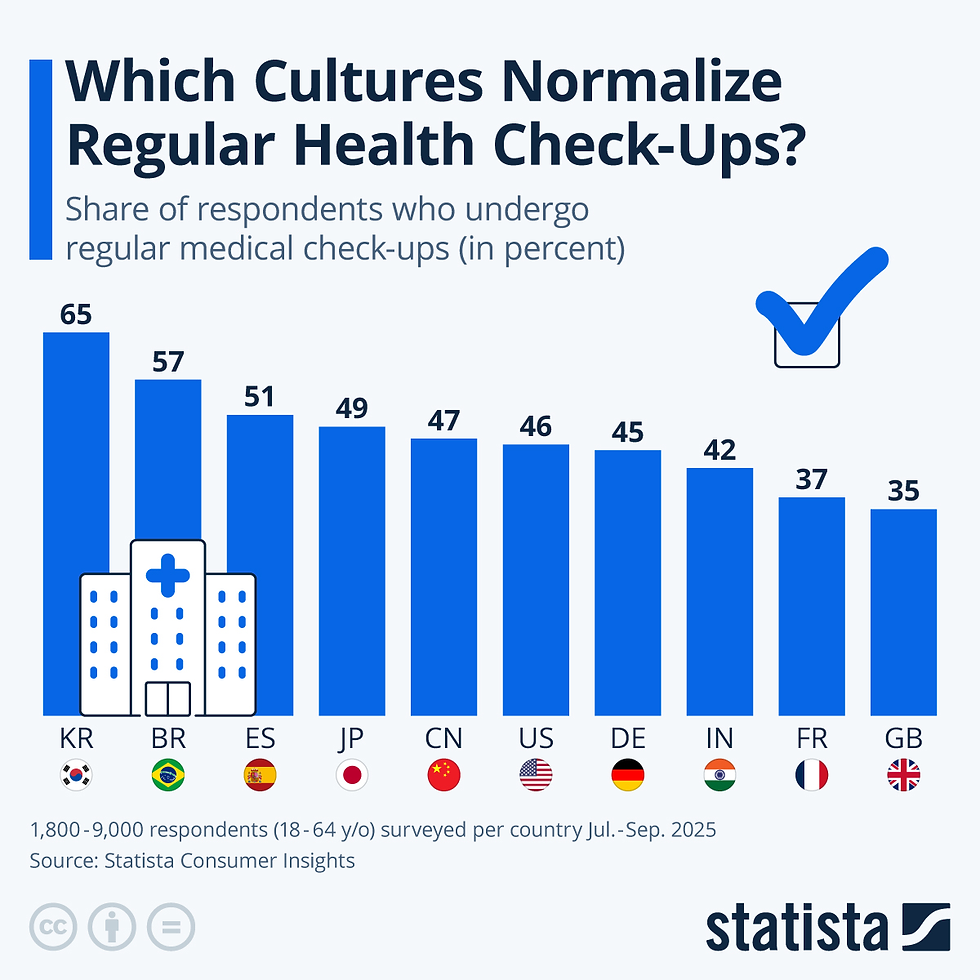Where Renewable Energy Is Growing (And Where It Is Stalling)
- raquelasg7
- Nov 17, 2023
- 2 min read

This article is published in collaboration with Statista
by Katharina Buchholz
Renewable energy capacity around the world more than doubled in the 10 years between 2013 and 2022, a newly released report from the International Renewable Energy Agency has found. However, progress has been quite lopsided, with large capacities having been built up in Europe and huge progress especially in the last decade happening in China.
Other regions, namely South and Central America as well as the Middle East and Africa, have neither large capacity already built nor have they experienced above-average growth over the specified time period - creating the danger of being left behind in the global energy transition. International financial aid to developing countries in support of clean energy research, development and production having been cut down in 2021 to below 2012 levels is certainly not helping this issue.
Countries in Asia and Oceania other than China showed above-average growth of renewable energy as its capacity is now two-and-a-half times as big as it was in 2013. The region overtook North America in megawatts of renewable energy installed in the process, but given the continents' much larger population, it is safe to say that renewable energy progress in Asia has been relatively slower outside of China. The current progress in renewable energy installation means that in 2021, 27.8% of the world's electricity was created via renewable sources. This was only a slight 0.2% increase over 2020 as non-renewable energy production—conversely also a specialty of China—picked up more speed once again. Considering not just electricity, but all energy sources in the world, renewables' share shrinks once more to just 8% in 2022. This means that renewable energy still has a long way to go, especially in a 2030 net zero emissions scenario, as seen in data by the International Energy Agency.
Start leaning Data Science and Business Intelligence tools:
createandlearn#analytics#dashboard#finance#accounting#tableau#powerbi#excel#sales#datascience#businessintelligence




























Comments